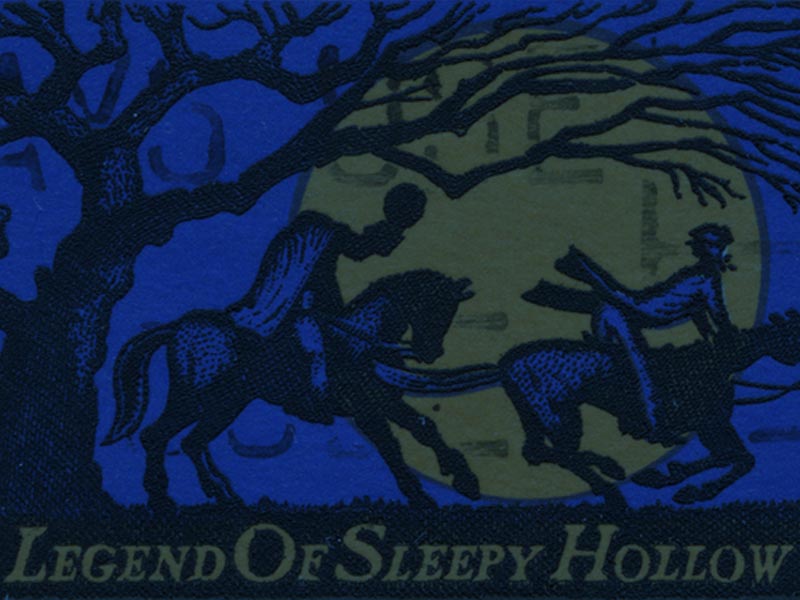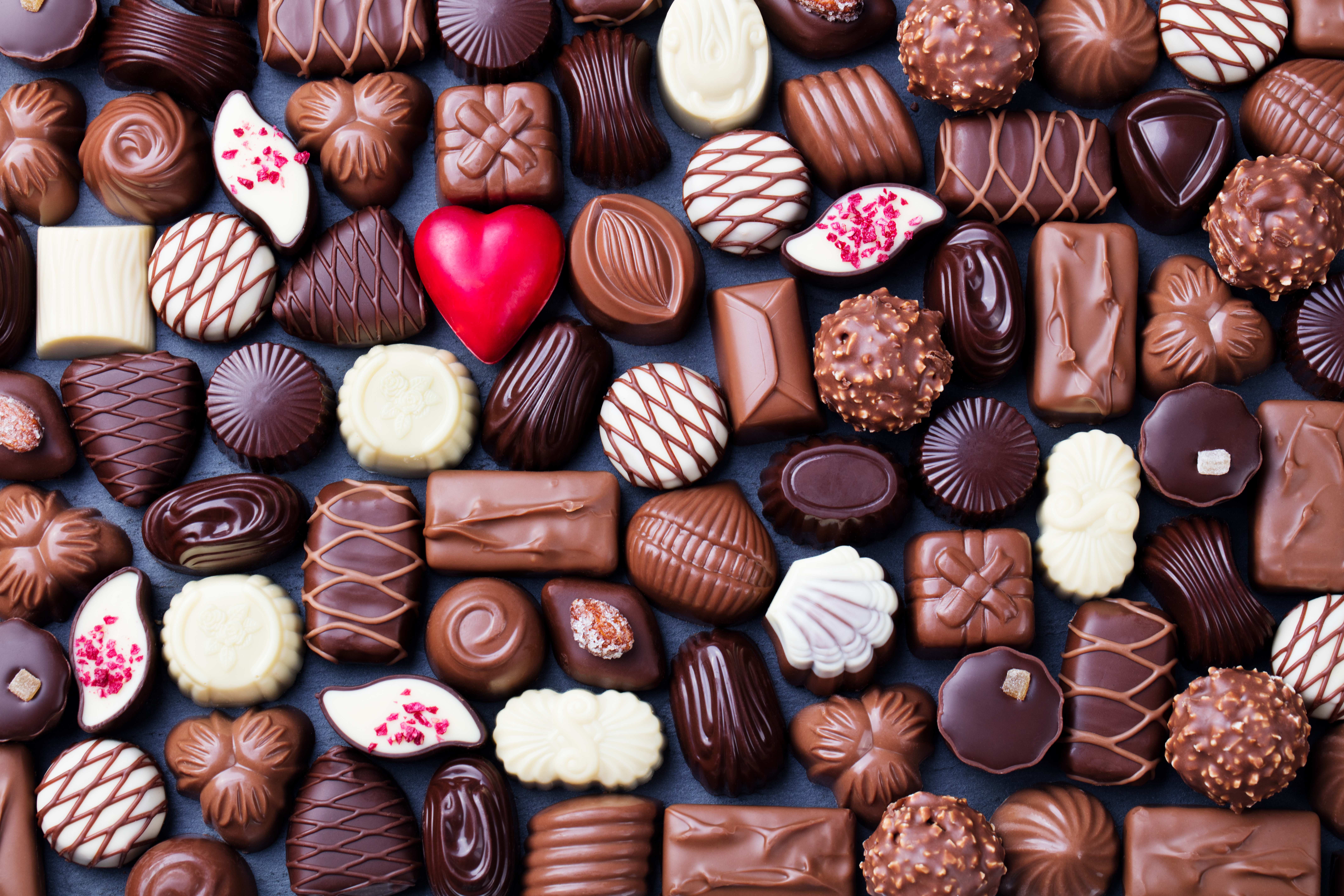The Headless Horseman is a legendary figure primarily associated with Washington Irving’s short story “The Legend of Sleepy Hollow,” published in 1820. The story is set in the fictional village of Sleepy Hollow, near Tarry Town, New York, and follows the tale of Ichabod Crane, a superstitious schoolteacher who encounters the ghost of a Hessian soldier who lost his head during the American Revolutionary War.
The term “Hessian” refers to the German soldiers who were hired by the British to fight during the American Revolutionary War. Many of these soldiers came from the region of Hesse in Germany, which is why they are called Hessians. They were known for their disciplined military training and were often deployed as mercenaries in various conflicts.
In “The Legend of Sleepy Hollow,” the Headless Horseman is described as a Hessian soldier who was killed during a battle. The use of a Hessian as a ghostly figure taps into the fears and animosities of the time, as the American colonies were fighting against British rule, and the presence of foreign mercenaries added to the tension of the conflict.
The Headless Horseman is often depicted as a spectral rider who rides through the woods, seeking his lost head. The story blends elements of American folklore and Gothic horror, exploring themes of fear, jealousy, and the clash between the rational and the supernatural. The Headless Horseman has since become an iconic figure in American culture, representing the enduring allure of ghost stories and the rich tradition of storytelling in the United States.
Related Articles
The Science of Crystals—Nature’s Hidden Geometry
Crystals are more than just beautiful gemstones—they are scientific marvels shaped by nature’s precise rules of geometry and chemistry. Their unique structures form when atoms and molecules arrange...
The History of Kites—Flying Through Time
Kites have been soaring through the skies for over 2,000 years, serving as tools for entertainment, science, and even warfare. Their origins trace back to ancient China, where they were made from...
The Science of Chocolate—Why We Love It So Much
Chocolate is more than just a sweet treat—it’s a scientifically fascinating food that affects both the brain and body in surprising ways. Its allure dates back over 3,000 years, when the Olmecs,...





